In this unusual election season, airwaves and inboxes and newsfeeds are jam-packed with images of snaking lines at the polls, discussions of mail-in ballots, and endless back-and-forths about the relative virtues of in-person versus absentee voting. Almost everyone agrees that casting a ballot in the United States shouldn’t be so difficult or so complicated. And one intrepid group of cooks and chefs has decided to roll up its collective sleeve and do something to ease the waits of those standing in line. Chefs For The Polls is the brainchild of the renowned chef José Andrés whose World Central Kitchen has fed people everywhere from Puerto Rico after Hurricanes Maria and Laura and California during the ongoing wildfires. But wait a minute, aren’t havoc-creating storms and out-of-control fires a far cry from the everyday American business of voting?
Nathan Mook, CEO of World Central Kitchen understands the question, agreeing that it was a bit of a leap from offering humanitarian relief in the face of natural disasters to bringing food to polling sites in cities such as Chicago and Atlanta and Louisville. “What is a disaster relief organization that’s on the front lines of earthquakes and hurricanes doing involved with elections in the U.S.?” asks Mook.
But, he explains, “We had a shift in our thinking about the role World Central Kitchen can play in situations that might not on the surface be as obvious as a hurricane. We were thinking, ‘Nobody should stand in line for this many hours.’ And wondering, ‘Is there something we can do?’”
Read our story: "José Andrés' Generous Helping of Humanity"
And indeed there was. Because the restaurant industry has been so hard-hit by the coronavirus pandemic—especially Mom and Pop places, food trucks, small catering outfits—Mook and Andrés hit on an elegant solution: They raised money from donors to underwrite the purchase of food locally in each city—tacos in Milwaukee, barbecue in Atlanta, cupcakes in Houston, empanadas in Portland, burritos in L.A. Those vendors would offer their particular specialty to people waiting in line at polling places in their city.
The new initiative’s tryout came in June during the Democratic primary in Louisville, Kentucky, where just one polling place was allotted for 600,000 people. “We didn’t know what to expect,” remembers Mook. “We were working with chef Ed Lee who had been doing a lot of work during the pandemic to support the industry. We got a few food trucks, and Ed was there cooking burgers. It was very successful—a nice way to reach families that need food. So we thought, ‘Let’s see what we can do around the country.’”

Chef José Andrés, recipient of the 2019 Julia Child Award, donated a number of defining items from his humanitarian efforts around the globe to the Smithsonian's American History Museum. The collection, which was on view temporarily last year, includes his stockpot, a stirring paddle and a vest he wore while preparing meals in Puerto Rico after Hurricane Maria.
(NMAH)
Andrés, the high-profile public face of both Chefs for the Polls and World Central Kitchen, is passionate about voting in America, notwithstanding that he was born in Spain during the Franco regime. Famous for television shows and his Washington, D.C., restaurants Jaleo and Minibar, he broke new (and delicious) ground last year when he opened the ambitious Mercado Little Spain in New York’s sprawling Hudson Yards development. Andrés, who won the prestigious Julia Child Award in 2019, says he wanted to give something back to his adopted country during this turbulent election cycle.
“We created Chefs for the Polls to make sure that every American—we the people, Republicans and Democrats, people waiting on line for long hours for different reasons—have the right to a plate of food and water,” Andrés explained to late night television host Trevor Noah in October, adding that in many states, “Men and women, especially in poor neighborhoods, [are] waiting for 3, 4, 12 hours. This should not be happening in America. I’m only trying to make sure every American has the possibility to vote. And bringing food and water to them as they wait in line we believe is the least we can do.”
“You may be a Republican, you may be a Democrat, but let’s face it,” he told Noah, “we are in the middle of the biggest pandemic that we’ve experienced over a hundred years. We need to protect every single American and the very simple act of voting.”
Paula Johnson, curator of food history at the Smithsonian’s National Museum of American History, sees Andrés in the context of the growing movement for food justice, the theme of the Smithsonian’s recent Food History Weekend. “José Andrés is a passionate, tireless, and incredibly effective advocate for food justice,” she says, adding that Andrés “takes action to ensure that individuals and communities have access to healthy, safe and nutritious food.”

As the Covid-19 pandemic continues to threaten vulnerable communities, World Central Kitchen is working with restaurants and kitchens to "get meals to those who need them most."
(World Central Kitchen/WCK.org)
One result of Andrés’ very effective advocacy is that Chefs For The Polls now has more than 50 restaurants, food trucks and chefs as partners, bringing food that might be a voter’s lunch, dinner or snack to polling places in more than 25 cities. The organization has teamed with Michelle Obama’s When We All Vote and LeBron James’ More Than a Vote, and on Early Voting Day, which was Saturday, October 24, Chefs For The Polls brought nourishment to polling sites in more than 20 states.
“To give is a great feeling,” says Dan Raskin, the fourth generation of his family to run Chicago’s Manny’s Deli. It’s just one of the many small restaurants participating in Chefs For the Polls, and like others, it had been struggling during the pandemic. “It was pretty desolate downtown,” notes Raskin. “We connected with World Central Kitchen and started delivering our food to different neighborhoods. The thing to me that was best about this was not just providing the meals to people but supporting the businesses that are keeping people working in Chicago. So when they came to us and said, ‘We have another program.’ Without hesitation, I said, ‘Of course!’”
Raskin not only offered his Jewish delicatessen’s classic corned beef sandwiches but also turkey sandwiches and a vegetarian version made with marinated mushrooms—something for everyone. Given the long lines to vote, “most people eat the food right away,” says Raskin, but some take it home to savor later. “It’s important to support everybody. One of the things I liked about this: It’s not based on who you’re voting for. It brings the community together.”
And while Chefs For The Polls can’t help shorten the lines—or put an end to the snow or rain or heat bedeviling those waiting hours to cast their ballots—it can ease the wait by putting a little sustenance in voters’ bellies.
#History | https://sciencespies.com/history/chefs-are-helping-hungry-voters-waiting-in-line-at-the-polls/
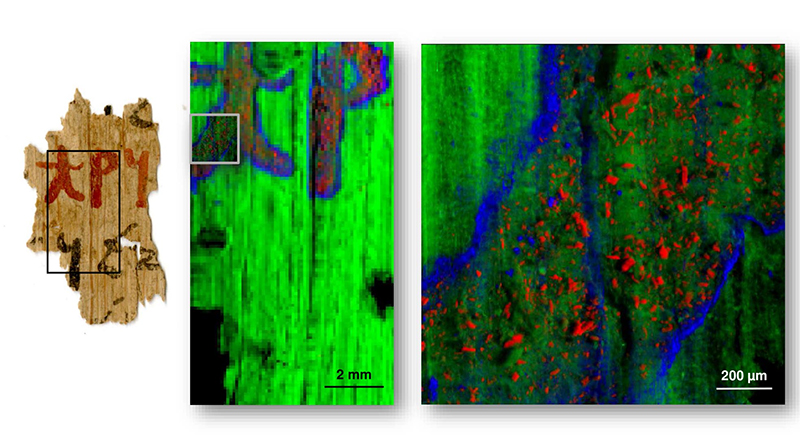
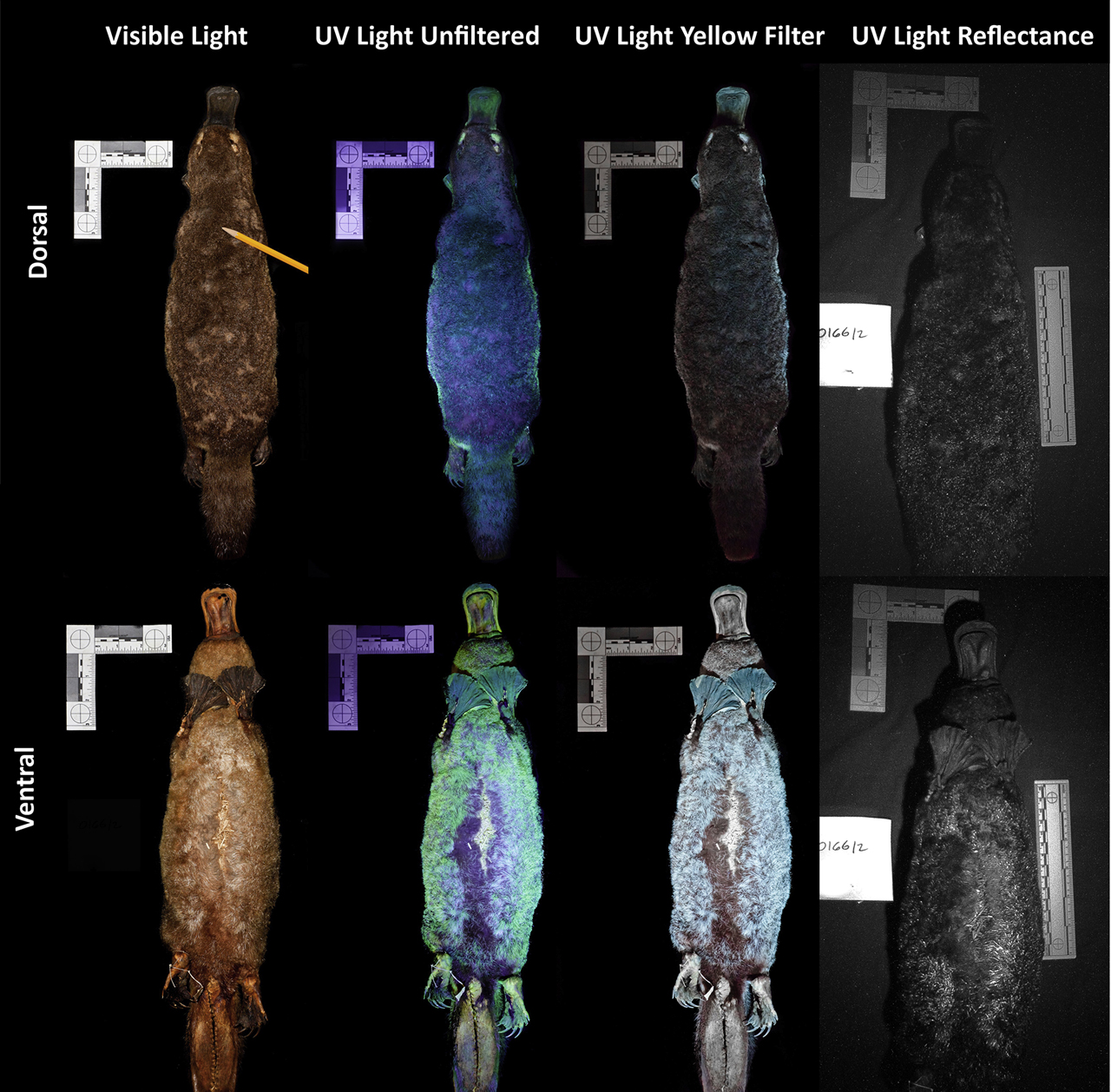


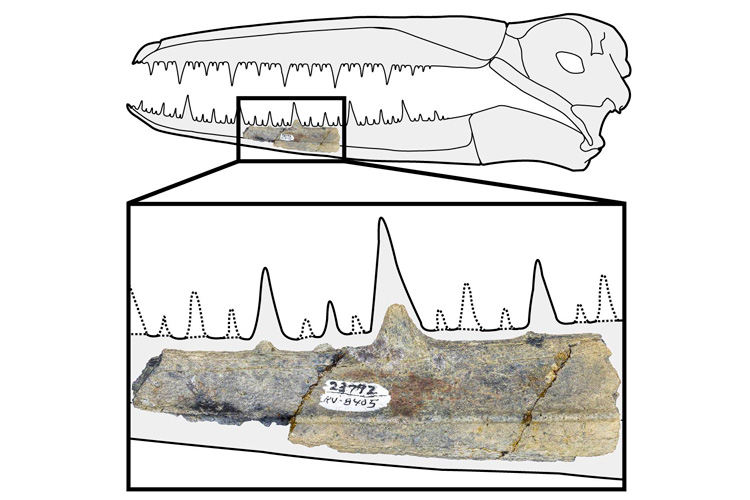
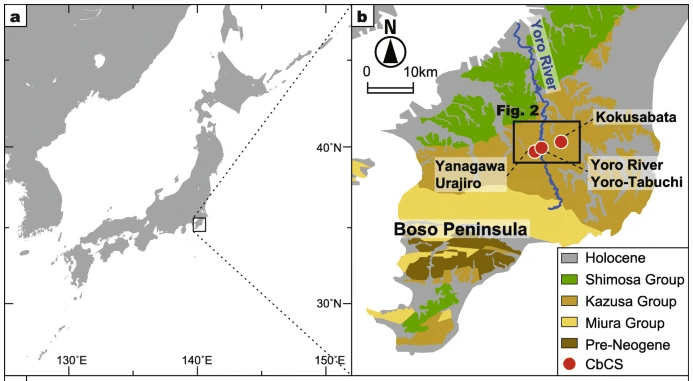
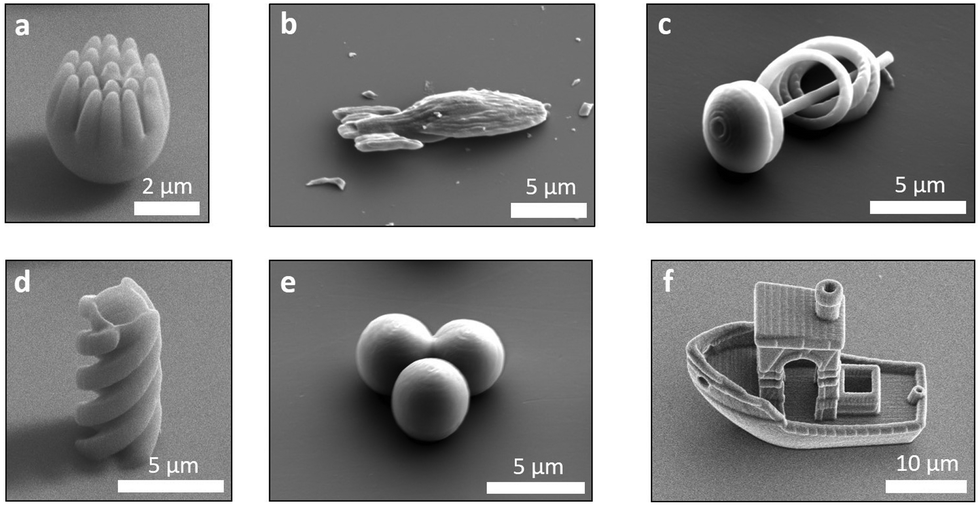
/https://public-media.si-cdn.com/filer/4a/26/4a268fa1-d97d-4d79-83dd-12274607627a/city_ajdlkfj.jpg)
